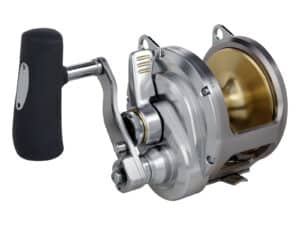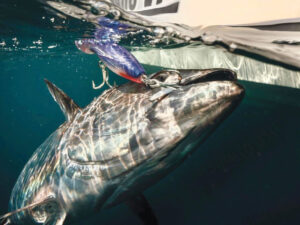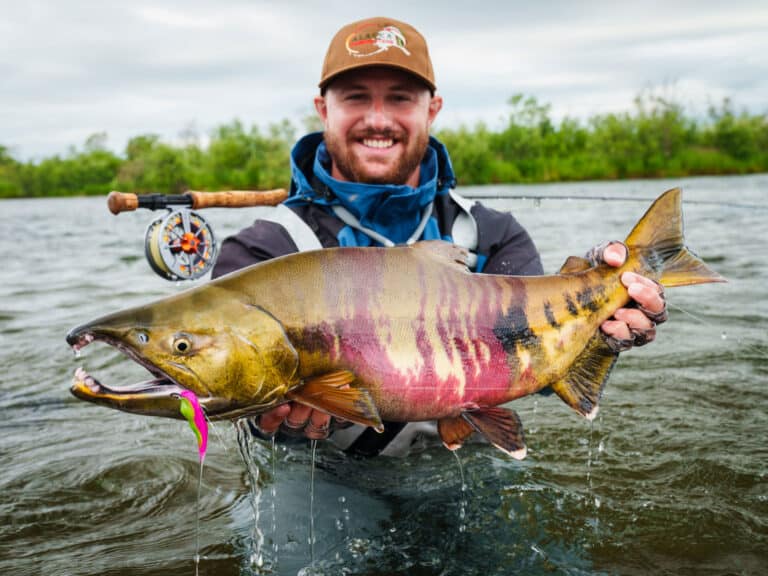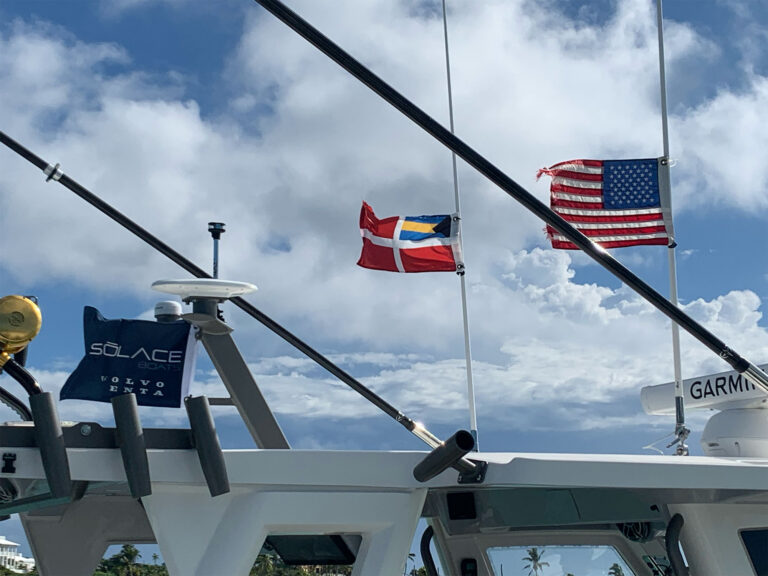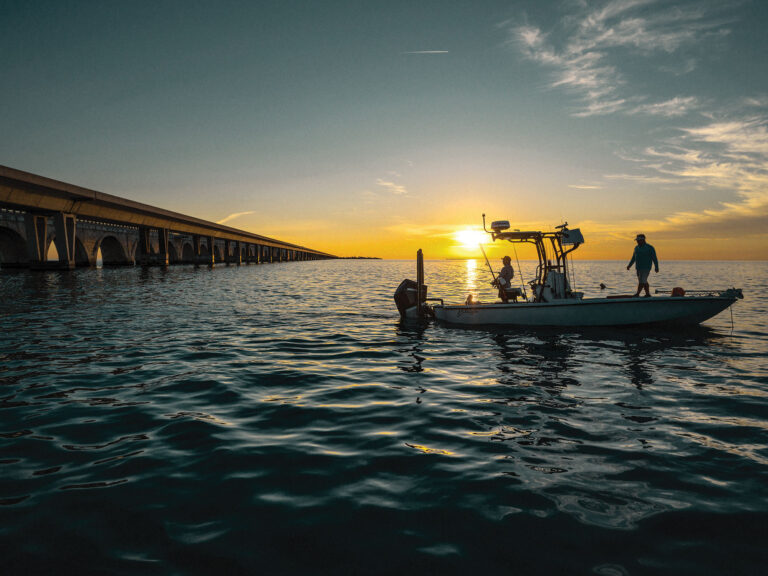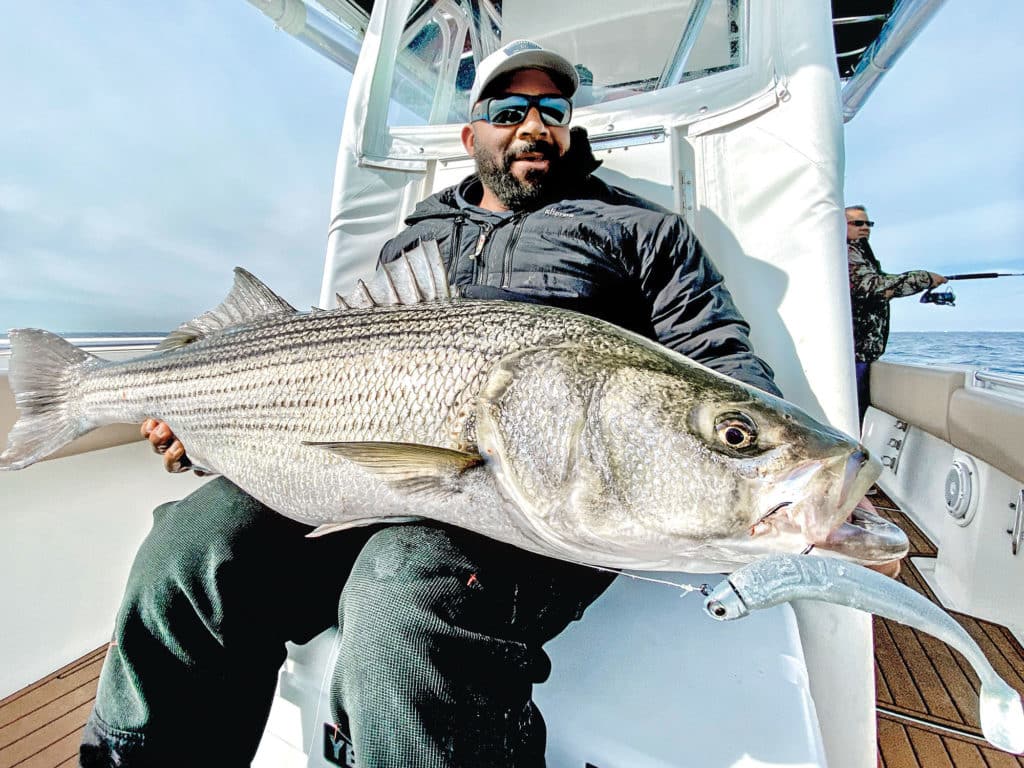
The tourism industry calls Block Island the “Gem of the Atlantic” and “Bermuda of the North.” For Northeast light-tackle anglers, the 7-by-3-mile teardrop-shaped island is all that and more. Located halfway between Point Judith, Rhode Island, and Montauk Point, New York, Block Island is a great day trip and affordable vacation spot for the entire family, offering a long fishing season, easy access, and fishable water regardless of wind direction and speed.
“Block Island is close to home yet a world away,” says Capt. Chris Willi, a premier charter guide and owner of Block Island Fishworks. “We’re a small island village that retains its historic charm and footprint despite being a popular summer destination.”
“Block is most well-known for its pristine beaches, which are consistently voted the best in the country. But there are no traffic jams, fast-food chains or big-box stores here,” he says. “Nearly half the island is preserved by the Block Island Conservancy for open space and features miles of scenic hiking trails.”

Striper Stronghold
Block Island has received a lot of attention over the years as a cow striper hotspot; unfortunately, that target has dwindled recently. In the interim, Block has become a haven for schools of four- to five-year-old fish, attracting anglers seeking high-number days of catch-and-release fishing with fly or light tackle.
“There’s been a decline in the big bass numbers,” says Willi, who has guided in the area for over 25 years. “Block Island is arguably the epicenter for big striped bass, but the consistency isn’t like it used to be. Anglers, guides and biologists have observed a recent and troubling decline in big bass numbers since their huge resurgence about 20 years ago. However, the small fish population is strong right now.”
According to Justin Davis, Ph.D., head of Connecticut’s DEEP Marine Fisheries Program, the striped bass stock has declined since the mid-2000s; this most notably impacted the largest fish. Davis remains hopeful for the future of the fishery, given the exceptional spawning seasons in 2011 and 2015. The 2011 fish have been in the 28-plus-inch size class for a few years, and the 2015 fish are approaching that size class.
“I’m optimistic,” he says. “Those 2015 fish aren’t really schoolie bass anymore—they’re in that greater-than-24-inch size class now, and some are already greater than 28 inches. I’ve also heard the reports—and seen them myself—of large schools of small bass in local waters the last couple of years.”
Location, Location
The main reason Block Island offers such great fishing for striped bass is its location. It sits in the epicenter of the striper migration pattern. Two populations of bass move north along the New England coast each spring. One group of over-winter bass drops south from the Hudson and Housatonic rivers, and disperses eastward through Long Island Sound. Most of the larger Chesapeake Bay and Delaware River populations migrate northeast off southern New England—close to Block Island—before continuing northward. In October, stripers take the same route when they return to their natal rivers for winter.
“Block Island is also surrounded by deep, chilly ocean water,” Willi says. “Therefore, we have a consistent fishery throughout the summer. When most bays and backwaters in southern New England get too warm for bass, we still have a steady influx of cooler waters around the island.”
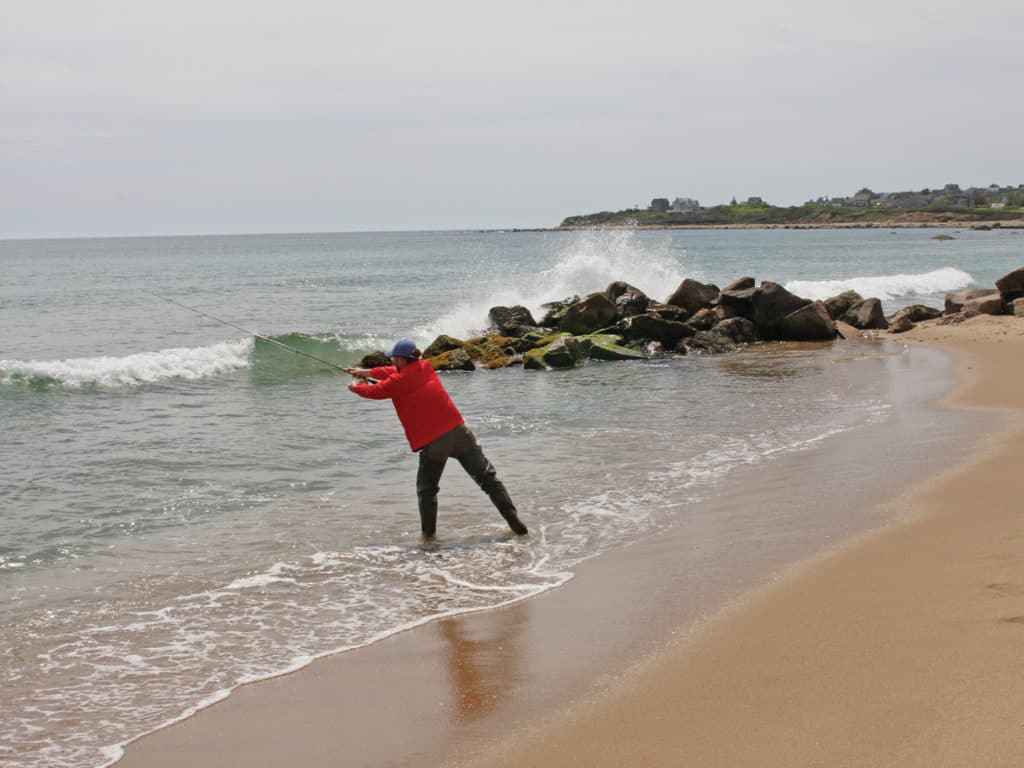
Opportunity Abounds
Block Island offers a variety of beach- and boat-fishing options, including flats, boulder fields, beaches, inlets, rips, jetties, pockets and holes. “It’s also crowd-free fishing most of the time—there’s no elbow-to-elbow competition here. When the wind blows, you can always find a lee. And if a place isn’t producing, it’s just a short hike, drive or boat ride to another spot. We pack a lot into one small package,” Willi says.
A typical boat trip could take you around the entire island, weather permitting. But the island has so much fishable water, you could spend a summer learning it well. According to Willi, most of the productive striper fishing happens in coves and around points in less than 15 feet of water. “With the clear waters here, predators spook easily in calm conditions, so it’s important to cover the water with your lure or fly before drifting through it,” he warns.
When wind or weather is an issue, pros like Willi focus on the existing fishable water. If the current is moving fast, he recommends slowing the boat—using a trolling motor, push pole or light anchor to control your drift, if necessary—so you can fan-cast around the edges of boulder fields or along the beaches before drifting past them.
No Secret Spots
Every point, pocket and beach of Block’s coastline has a formal name or nickname, like Cow Cove, Isaiah Gully, North Balls, Balls Point, Jerry’s, Tilson Cove, Cat Rock and Black Rock to name a few. These spots are labeled on most charts so any angler can find them. “There are no secrets,” Willi says. “We all share info and are honest about what’s going on. It’s a small island, and you can’t hide a good bite out here.”
Dusk until dawn is the best time to fish during the peak of summer. But you can sight-cast for bass during the day along the beaches when conditions allow. For tides, Willi prefers a moving current and recommends avoiding the low slack.
Detailed Intel
“Over the years, I’ve learned that there are no bad spots, just seasonal ones. For example, inside the SW bell buoy is good in early summer and again in late September, but not in midsummer,” Willi says.
Traditionally, one of the best locations to tangle with linesiders is the famous North Rip, which is the tip of the teardrop pointing north toward Rhode Island. Islanders call it North Rip when fishing from a boat and Sandy Point when fishing from the beach. The remnant of that ancient tombolo is this north point where it vanishes into Block Island Sound and becomes the bar beneath North Rip, tracking north, northeast for nearly 1.5 miles before eventually fading into 120 feet of water.
The current surging over the north-south-running bar creates the rip, which attracts and holds baitfish when the tide flushes into or out of Block Island Sound every six hours. The predominant baitfish here is sand eel, with squid and herring enhancing the menu in spring and fall.
Read Next: Our List of the Best Striper Jigs

Tackle Talk
“We use a lot of soft-plastics due to the sand eel presence,” Willi says. “My go-to is the Bill Hurley Cape Cod Sand Eel in olive. We also favor the 6-inch Slug-Go in rainbow trout and the RonZ in olive. For topwaters, I like the Rebel Jumpin’ Minnow and Heddon Super Spook, both in bone. We rarely toss swimmers, but if we do, it’s a yellow or silver Magnum Bomber or Daiwa Salt Pro Minnow. We do 80 percent of our fishing with soft-plastics, but some work metals too.”
Willi primarily fishes a light spinning setup, like a 7-foot-2-inch Shimano Terez rod and a Sustain 4000 reel with 30-pound Power Pro, and adds 4 feet of 12- to 20-pound fluorocarbon leader.
“Block Island is an unpretentious place with a laid-back atmosphere,” Willi summarizes. “Here you can fish prime striper grounds all day, then enjoy a five-star dinner without having to wear a sport coat.”
SWS Planner: Block Island Striped Bass
- What: Stripers on light tackle and fly
- When: June, July, mid-September to late October
- Where: Block Island, Rhode Island
- Who: These guides know all of the area’s striper hangouts:
- Capt. Chris Willi
401-466-5392 - Capt. Hank Hewitt
203-215-7271
- Capt. Chris Willi
Charts
NOAA Block Island #13217 and Captain Segull’s Sportfishing Charts in Block Island Sound, Block Island Detail and Point Judith Harbor Detail #PJ13 (captainsegullcharts.com)
Tackle and Regulations
Twin Maples Tackle
401-466-5547; dem.ri.gov
Visitor Info
blockisland.com
blockislandinfo.com
blockislandguide.com
blockislandreservations.com
SWS Tackle Box
Spinning Gear
- Rods: 7-foot, medium-fast
- Reels: 3000 to 4000 series
- Lines: 20- to 30-pound braid, 3 to 4 feet of 17- to 25-pound fluorocarbon leader
- Lures: 6- to 7-inch soft-plastics like the Slug-Go and RonZ Original series, small to medium topwaters like the Heddon Super Spook and Rebel Jumpin’ Minnow, swimmers like the Magnum Bomber or Daiwa Salt Pro Minnow, and small to medium metals
Fly Gear
- Rods: 9-foot, 8- to 10-weight
- Reels: Large arbor models with a sealed drag
- Lines: Slow-sink, intermediate or floating, depending on the situation; 6- to 8-foot leaders with 18 inches of 30-pound bite tippet
- Flies: Silverside and sand eel imitations, including the Big Eelie and Surf Candy in 3 to 6 inches; squid patterns in 8 to 14 inches; larger 6- to 8-inch baitfish imitations like the Half & Half

